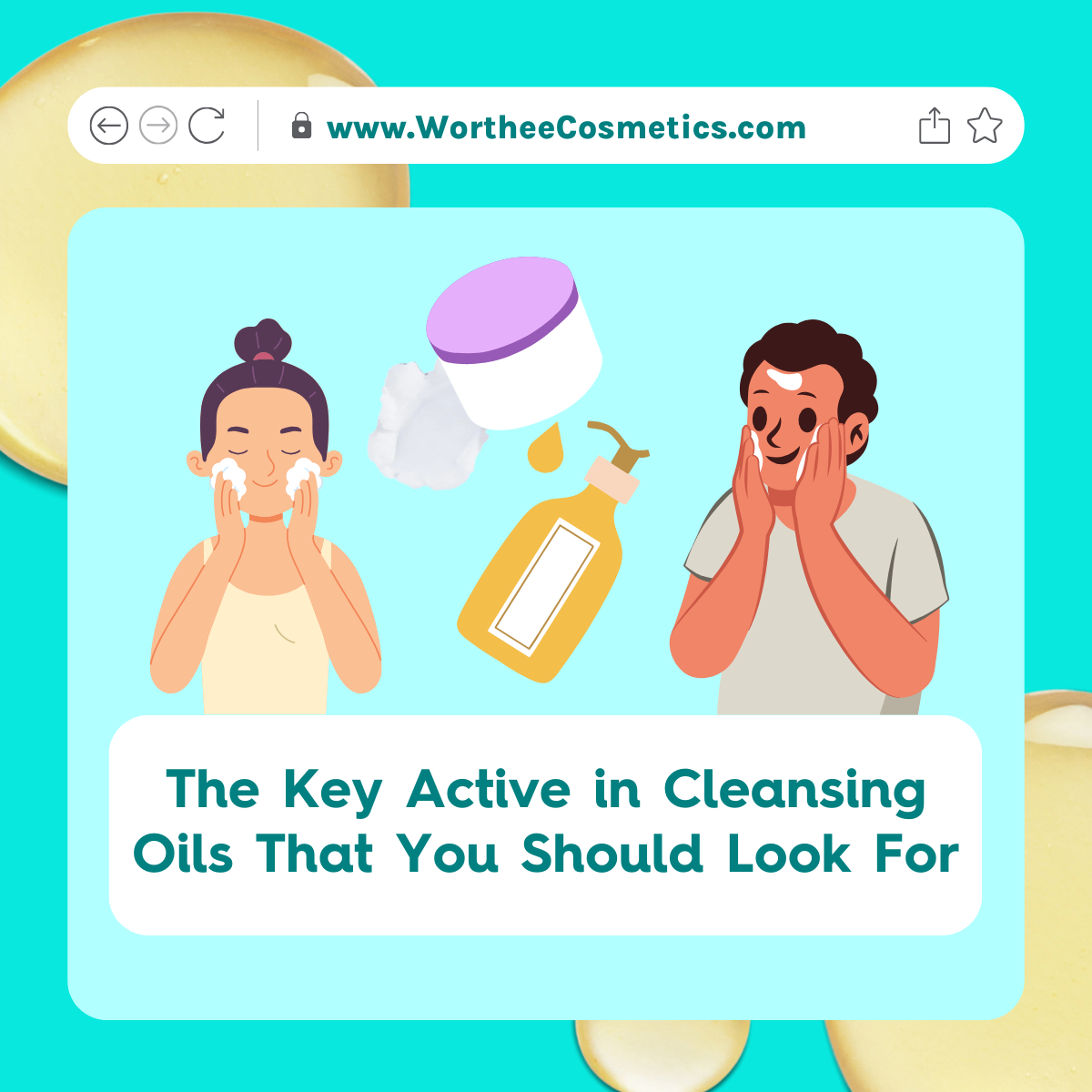What exactly is PEG-20 Glyceryl Triisostearate?
● PEG-20 - Polyethylene Glycol
● Glyceryl - Glycerin
● Triisostearate - Isostearic Acid

The molecule is combined via esterification and later deodorization to remove any unpleasant odour - so that your pure cleansing oil doesn’t smell strange because of this, even if no fragrance is added.
*Even though it seems very “chemical” like most other ingredients, it is very safe.
Safety Concern
Toxicology review concludes that PEG-20 Glyceryl Triisostearate is non-irritating and safe for use in both rinse-off and leave-on products.
Under good formulation with no other irritating ingredients, it is so gentle that you can often see this ingredient in makeup removers for the eye areas as well.
Why? Because of its high molecular weight.
With more than 1,000 g/mol, PEG-20 Glyceryl Triisostearate cannot cross the skin barrier and is unable to bioaccumulate in the skin. It stays on top of the skin. Plus, you only use cleansing oil in minutes, greatly reducing the contact time between this safe ingredient and your skin for any possibility of unneeded absorption.Directions

PEG-20 Glyceryl Triisostearate, as a cleansing molecule, must have the oil-loving end attached to your oil-soluble makeup and impurities first, before you add more water to let the water-loving end gets a hold of the grease (emulsification), break it up and go down the drain.
Formulation Brief

Money-Saving Tips
-
You use a cleansing oil to remove stubborn sunscreen or makeup.
-
Any cleansing oil with PEG-20 Glyceryl Triisostearate as the key cleansing agent will deliver a good enough cleansing experience.
-
You don’t need a more expensive rinse-off cleansing oil with the same PEG-20 Glyceryl Triisostearate.
-
Instead, spend on leave-on products that contain the right, functional ingredients for your skin concerns.
PEG-20 Glyceryl Triisostearate can be made in a balm texture too!
References:
Jang, H. J., Shin, C. Y., & Kim, K. B. (2015). Safety evaluation of polyethylene glycol (PEG) compounds for cosmetic use. Toxicological research, 31, 105-136.
Bährle-Rapp, M., & Bährle-Rapp, M. (2007). PEG-5 Glyceryl Triisostearate. Springer Lexikon Kosmetik und Körperpflege, 409-409.


